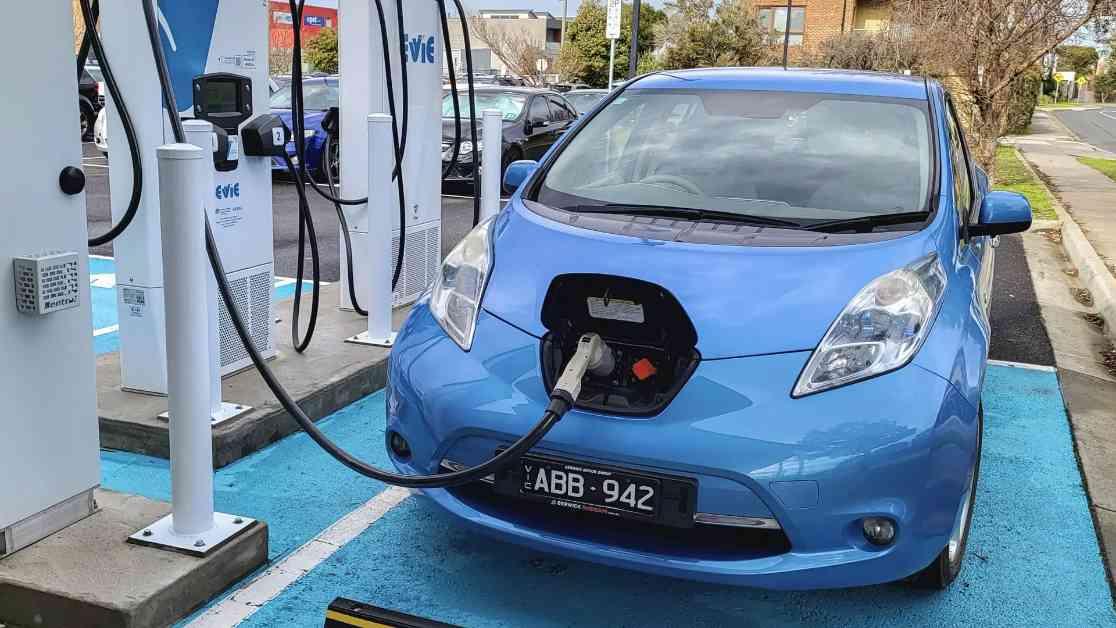Australia has not had as many options for electric cars as Europe until recently. Brands like BYD, GWM, MG, and Kia started releasing their electric vehicle line-ups in Australia around 2022 and 2023. Before this, the choices were limited to only four passenger models: the Nissan Leaf, Tesla Model S, Mitsubishi i-MiEV, and BMW i3, along with a few Tesla Roadsters and Blade Electrons (EV-converted Hyundai Getz). All of these models have now turned 10 years old, and with the average vehicle age in Australia being 10.8 years, it’s worth looking back at how they compare to modern electric options.
A 10-year-old electric vehicle may not be the best choice for your everyday transportation needs. They might work well as a city runaround car for short trips, but when compared to newer electric vehicles, they fall short in many aspects. The main concern with older EVs is the range and battery degradation. The original claimed range of these older models is not very impressive. For example, the Nissan Leaf had a WLTP range of 175km, the Mitsubishi i-MiEV had 150km, and the BMW i3 had 190km. The Tesla Model S offered a better range, starting at 390km and going up to 490km for certain variants. However, the actual range of these vehicles when sold as used cars is much lower.
The cost of replacing the battery in an electric vehicle is also a significant factor to consider. Once the battery reaches around 70% of its original capacity, it’s usually time for a replacement. Replacement battery costs can be quite high, with examples like the Nissan Leaf battery replacement costing around $US12,000 in North America. Given the range limitations and potential battery replacement costs, buying a new or lightly used EV might be a better investment.
Checking the health of the battery in a used EV is crucial. Some older models like the Nissan Leaf and BMW i3 have methods to check battery health, either through diagnostic tools or hidden menus. Modern EVs may require a visit to a service centre for a thorough battery health check. Companies like Infinitev are working on solutions to make battery health checks easier for potential buyers of used electric vehicles.
When it comes to the value of old electric cars, it’s essential to consider factors like range, battery capacity, and overall technology. First-generation models like the Nissan Leaf and Mitsubishi i-MiEV may not offer the best value for money due to their limitations compared to newer models. However, older BMW i3 and Tesla Model S models could provide better value if priced appropriately. The Tesla Model S, in particular, was a premium model when new and still offers a range of features and capabilities that hold up well in 2024.
In conclusion, while buying a 10-year-old electric car might seem like a cost-effective option, it’s essential to consider the range, battery health, and overall value compared to newer models. Waiting for current-generation EVs to enter the used market could be a more beneficial choice in the long run. As the electric vehicle market continues to evolve, newer options with improved technology and features are likely to provide better value for buyers.










